Les réseaux de communication internes et externes sont essentiels au fonctionnement du CERN. En interne, plus de 50 000 km de fibres optiques assurent la connectivité réseau sur l'ensemble des sites du CERN. Le centre de calcul du CERN héberge également le point d'échange Internet du CERN (CIXP), un point d'échange neutre vis-à-vis des opérateurs, via lequel le CERN a joué un rôle central dans le développement d'Internet. En 1991, 80% de la capacité d'internet en Europe pour le trafic international était installée dans le centre de calcul du CERN.
L’une des composantes les plus impressionnantes de la Grille WLCG est la connectivité et tout ce qui a trait aux réseaux. Grâce à eux, tant au CERN que plus largement au niveau mondial, la Grille est à même de lancer la distribution des données ensuite partagées avec des centaines d’instituts collaborant internationalement. Grâce aux mises à niveau du reseau effectuées durant le second long arrêt technique du LHC, les taux de transfert de données globaux ont eux aussi atteints des sommets. Des taux quasi huit fois plus élevés que ceux enregistrés durant la première période d’exploitation du LHC ont été observés, soit plus de 33 gigaoctets par seconde.

